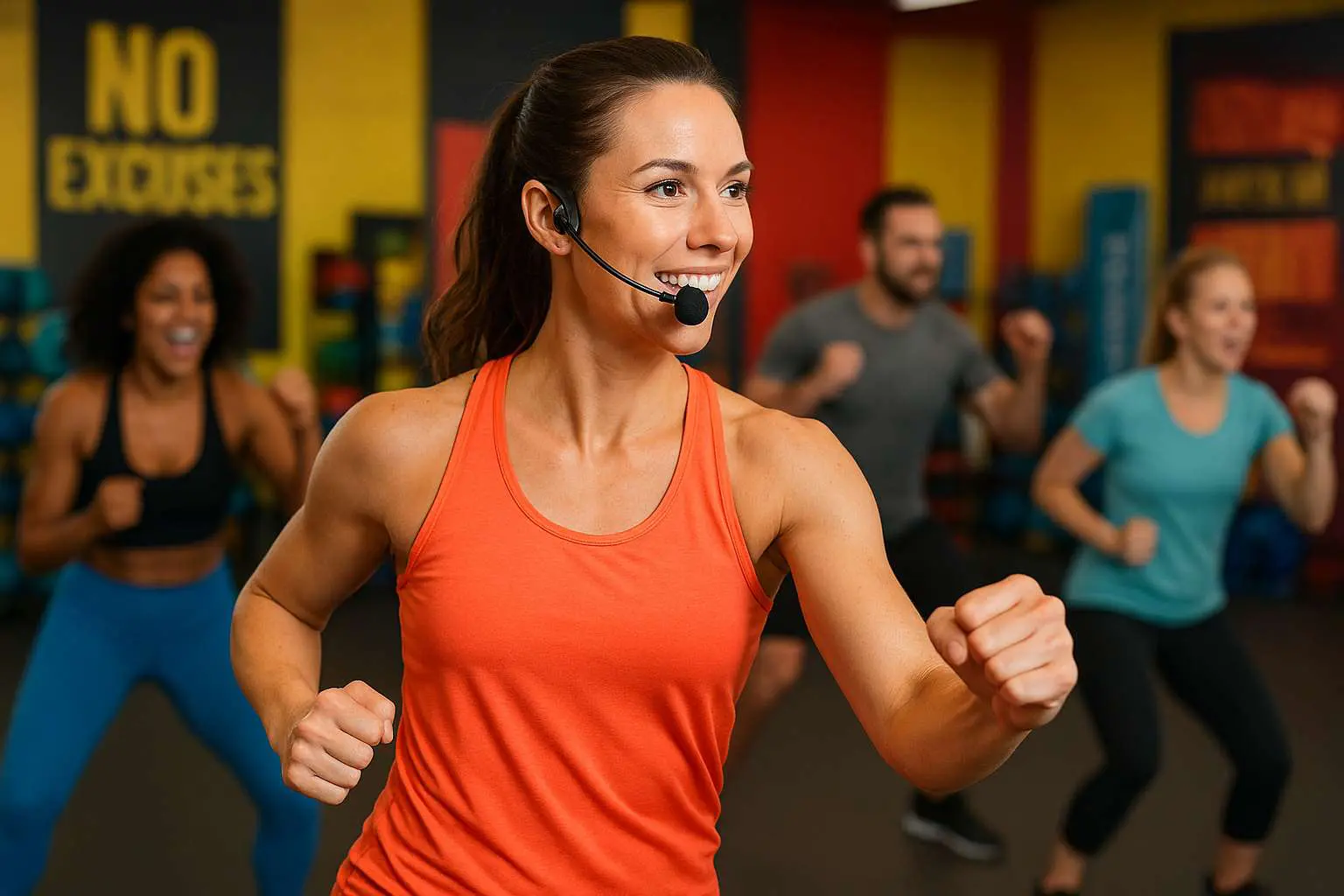If you’re a fitness instructor, you know the importance of having a reliable audio setup while teaching classes. In today’s high-energy fitness environment, a headset microphone can be a game-changer. Achieving mobility and clarity simultaneously is crucial, and headset microphones deliver on both fronts. Let me break down why these hands-free devices should be your go-to solution for movement-heavy classes.
Understanding Headset Microphones
A headset microphone is essentially a microphone attached to a headset, allowing hands-free use. This is perfect for fitness instructors who need to demonstrate exercises to participants without being tethered to a stationary microphone. With technology advancing at a rapid pace, today’s headset microphones are more than just sound transmitters; they encompass a range of features necessary for today’s active teaching environments.
Key Benefits of Headset Microphones for Fitness Instructors
1. Improved Audio Quality
Sound clarity is paramount, especially in fitness classes where instructions need to be heard over music and participants’ movements. A high-quality headset microphone transmits your voice clearly and precisely, ensuring your cues reach every corner of the room without distortion.
2. Noise Cancellation
Fitness studios can be noisy places. Whether it’s the background music blaring or the collective enthusiasm of the class, noise cancellation technology is invaluable. Many headset microphones are equipped with noise-cancelling features that cut out ambient noise and focus on your voice, enhancing the listening experience for participants.
3. Comfort and Convenience
No one wants to feel weighed down or uncomfortable during an intense workout session. Look for headsets that are lightweight and ergonomically designed. The best models stay secure without compromising on comfort, even in the most rigorous physical activity. Plus, having a built-in microphone reduces setup time, allowing you to focus more on warming up the class than tinkering with tech.
Types of Headset Microphones
Unidirectional (Cardioid) Microphones
These microphones capture sound from the front while minimising noise from the sides and back. They’re excellent in noisy environments like fitness classes, focusing on your voice and reducing interference from other sources.
Omnidirectional Microphones
If clarity in capturing sounds from all directions is what you’re after, an omnidirectional microphone could be a perfect choice, especially in environments where controlling audio input is feasible.
Essential Features for Fitness Classes
Durability and Resistance
Durability is crucial when you’re in a demanding environment like a fitness class. Sweat, dust, and unexpected drops are all part and parcel of fitness instruction. Opt for models with good IP ratings (like IP57), protecting against moisture and dust. Also, headsets with durability in mind often use materials like Plex cables, ensuring they go the distance.
Wireless Freedom
While wired headsets offer stable connections, for a fitness instructor, mobility is key. A wireless headset allows you to move freely around the room without getting tangled in cables, perfect for demonstrating exercises across a gym or studio. Just make sure the battery life and range can keep up with your schedule.
Picking the Perfect Headset Microphone
Consider Your Environment
For fitness classes, where noise is generally high, unidirectional microphones with noise-cancelling features are optimal. However, if your sessions are less intense in terms of background noise, such as yoga classes, an omnidirectional mic could work just fine.
Matching to the Application
Choose a headset based on the specific needs of your classes:
- High-Intensity Training (HIT) and Aerobics: Opt for moisture-resistant cardioid microphones that can tolerate sweat and maintain clarity of sound.
- Yoga and Pilates: Consider a more discreet and flexible option that won’t interfere with movement transitions.
Comfortable Fit and Design
A snug fit ensures your microphone stays in place as you move. Check for adjustable boom arms and cushioning that will remain comfortable over hour-long sessions.
Maintaining Your Headset Microphone
To ensure longevity, regular maintenance is key:
Cleaning
Regularly wipe down your headset to remove sweat and dust. A gentle wipe with a soft cloth and a touch of mild cleaner should do the trick. Avoid harsh chemicals that could damage the mic components.
Storage
Store your headset in a cool, dry place when not in use. If it’s a wireless model, remember to keep it charged or take the batteries out to extend battery life.
Cable Management
For wired models, handle the cables with care. Avoid tight bends and keep them free from tangles to prolong their life and efficiency.
Conclusion
Incorporating a quality headset microphone into your fitness instruction toolkit can transform the way you conduct classes. It allows you to communicate clearly, move freely, and maintain energy levels without being tethered by cumbersome audio equipment. By taking the time to choose the right microphone — considering factors like comfort, clarity, and durability — you’ll create an engaging and professional fitness environment that truly raises the bar.
Invest in a headset microphone, and you’ll be more than ready to lead every session with confidence and precision!

